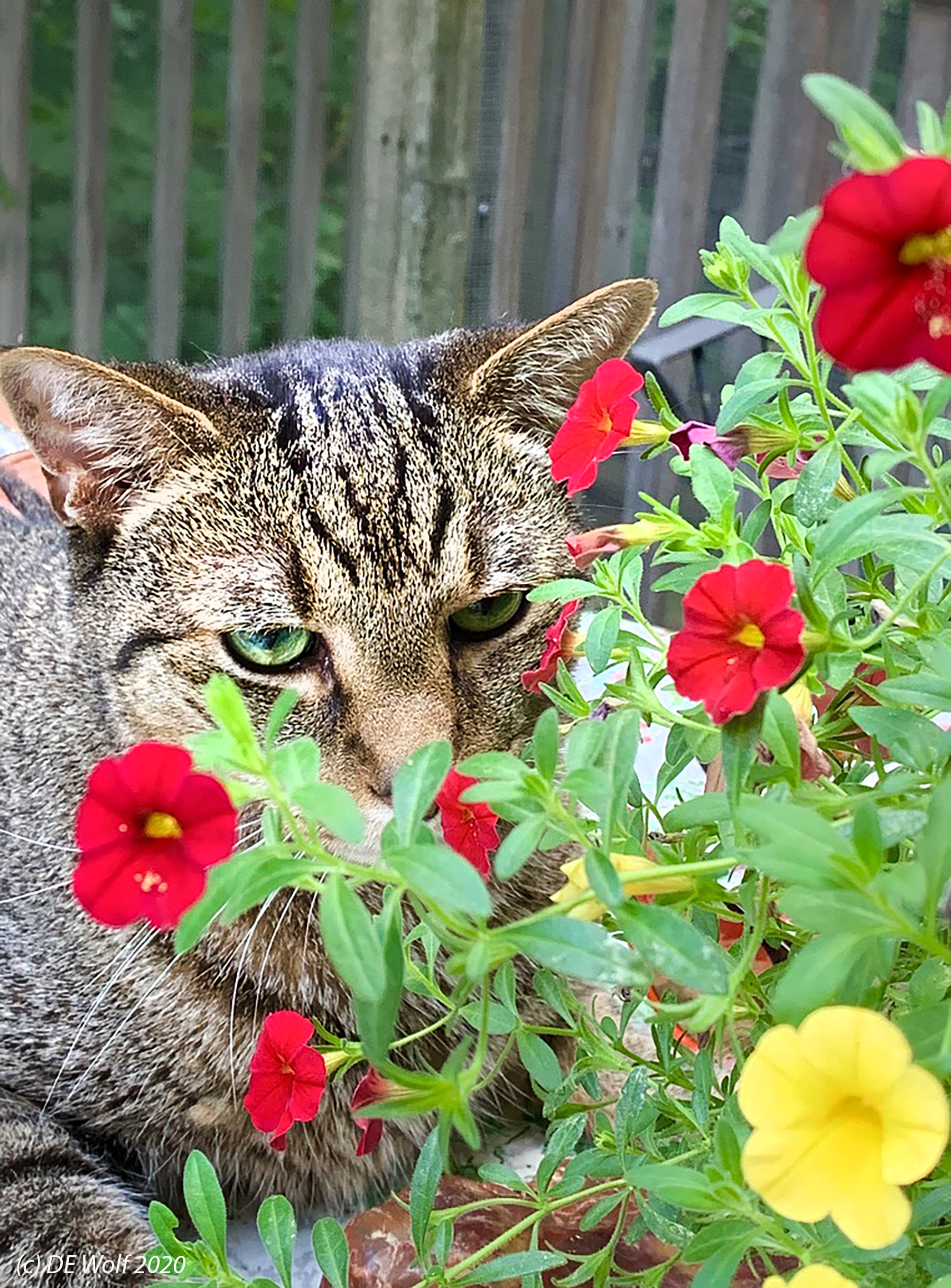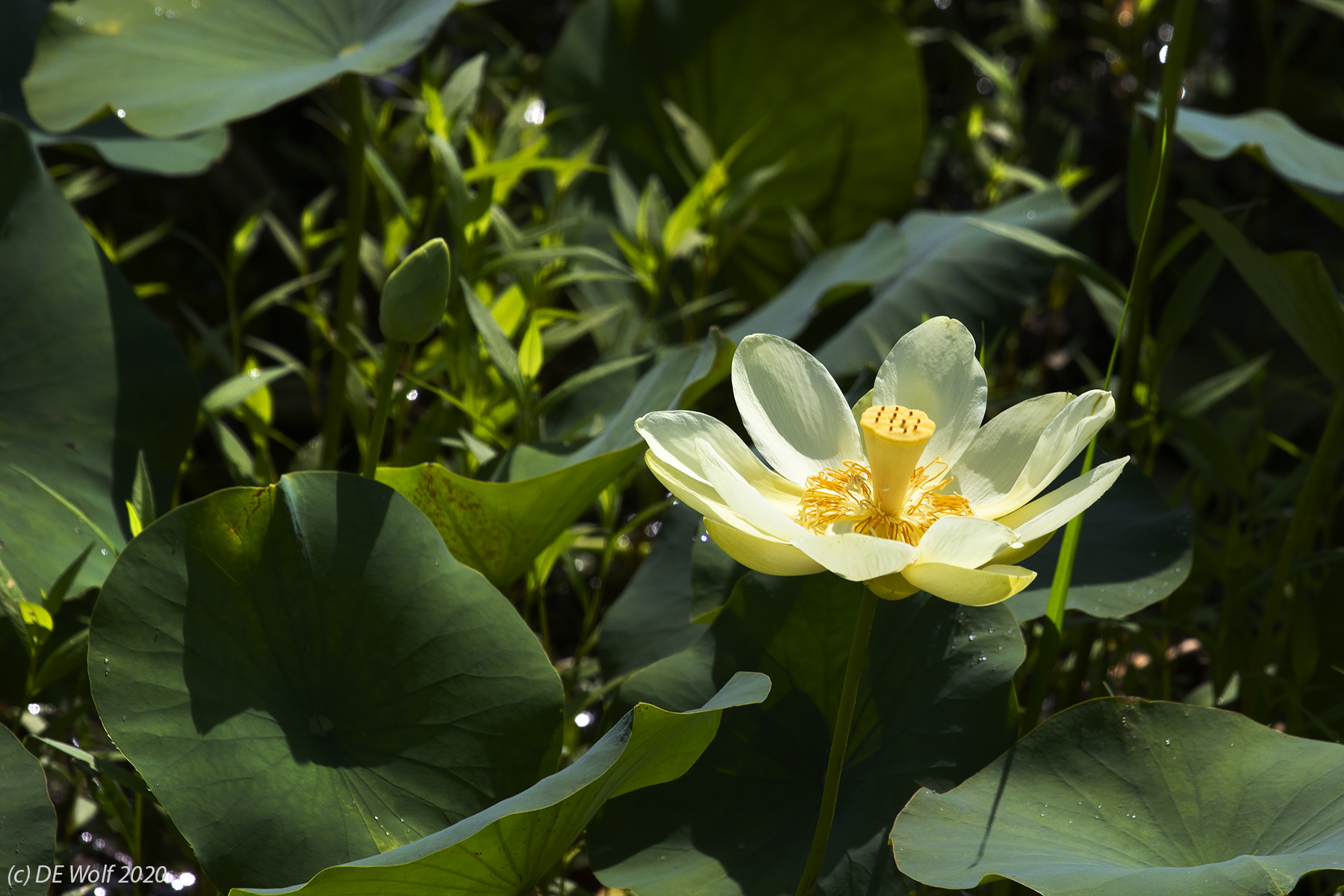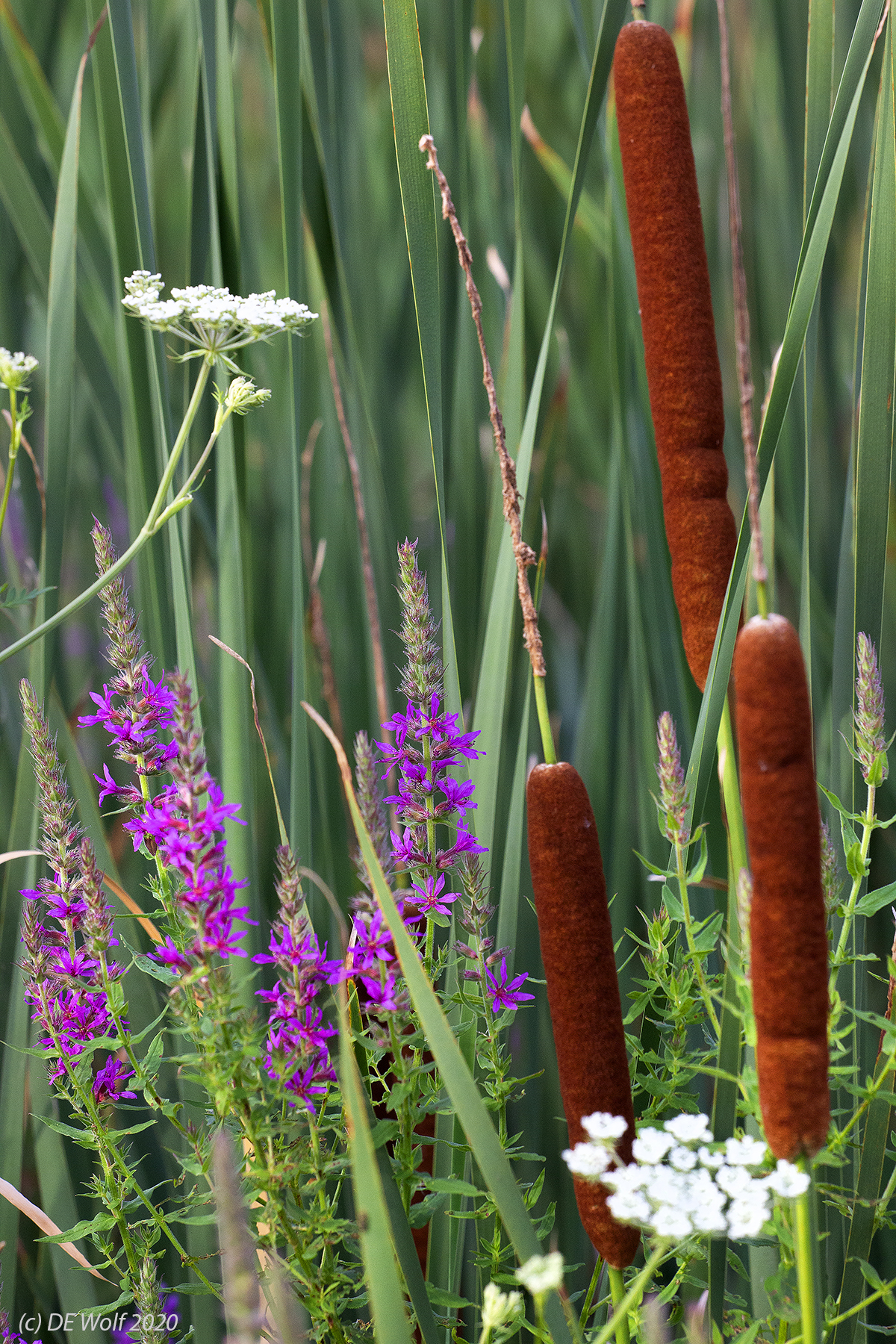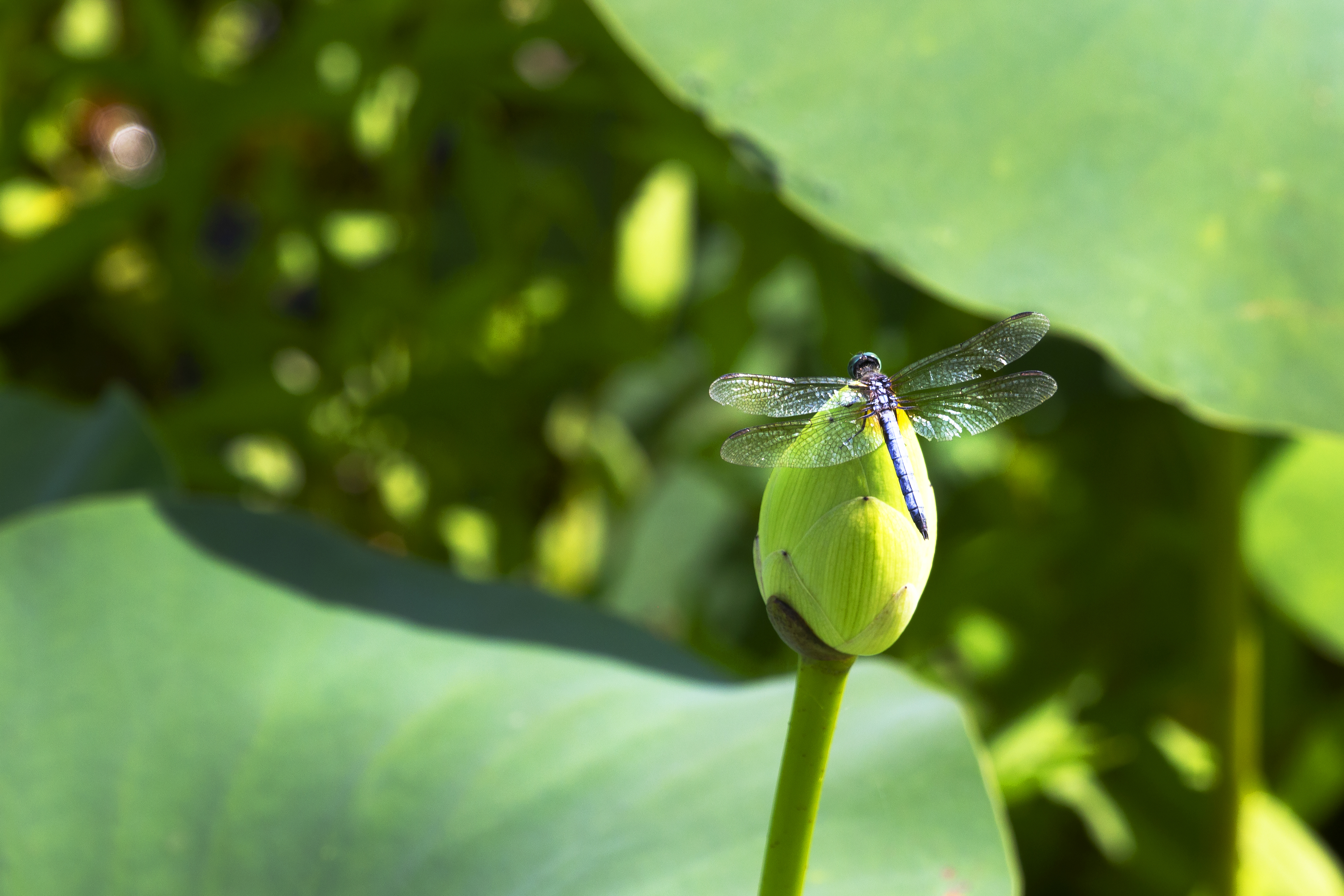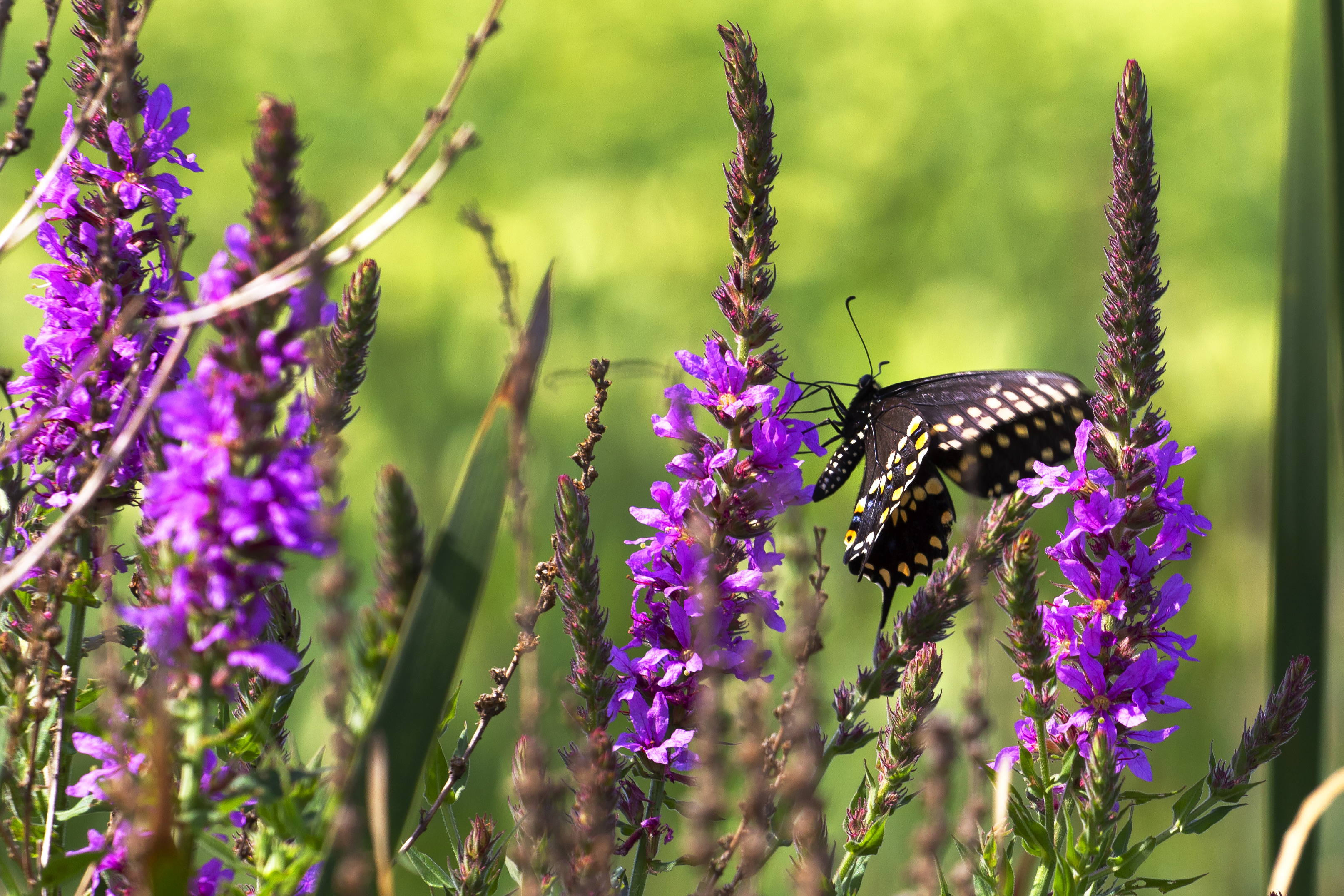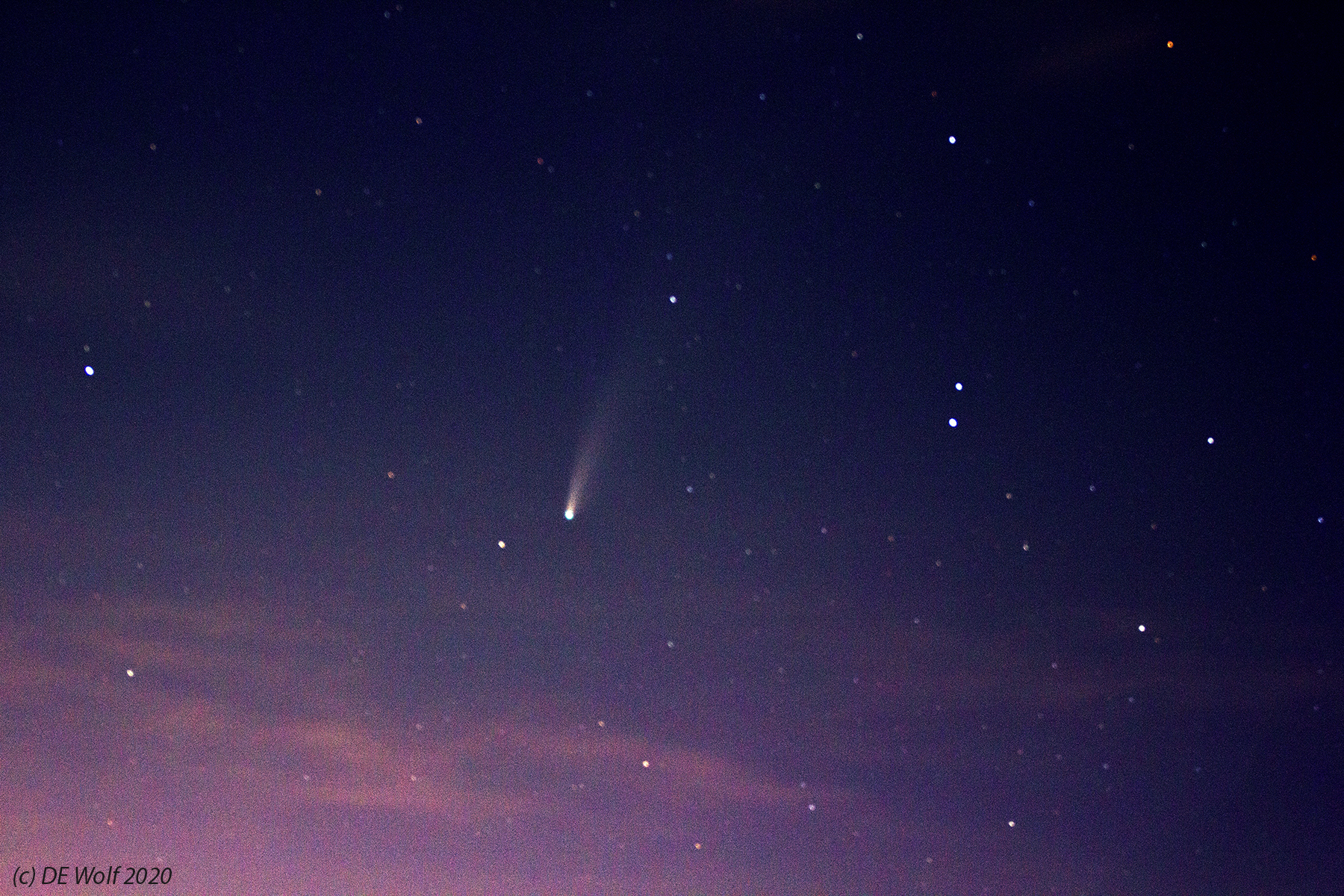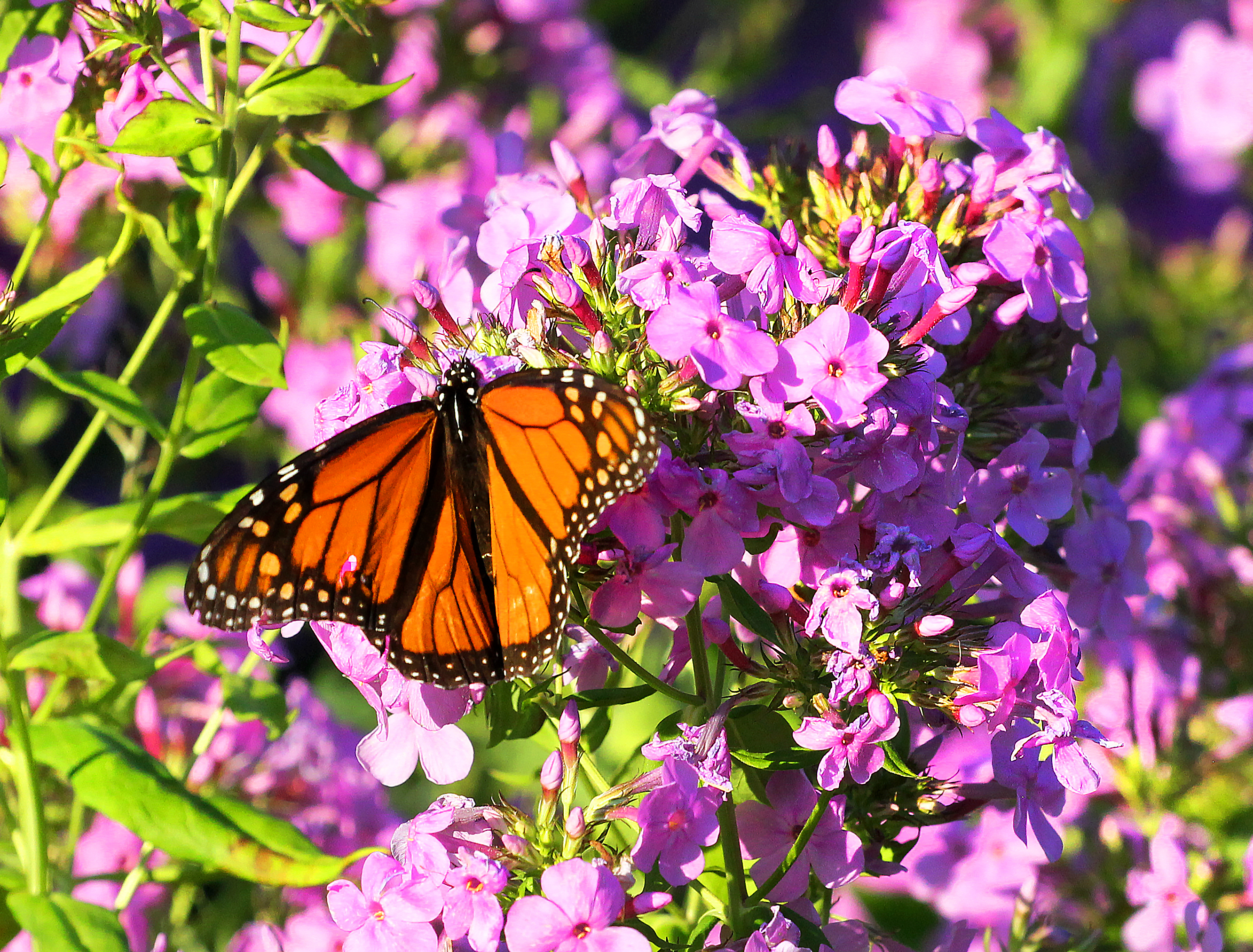
Figure 1 – Monarch butterfly on purple phlox, Rock Meadow Conservation Area, Belmont, MA, August 1, 2020. (c) DE Wolf 2020.
These are truly the glory days of summer, hot with luscious evening light. Such an afternoon was this past Saturday, and we visited the Rock Meadow Conservation Area in Belmont, MA. The flowers and the light were glorious, and the world was alive with buzzing bees and alighting butterflies. Figure 1 will serve as remembrance on a cold January day come winter. It shows a monarch butterfly (Danaus plexippus) dining on the nectar of a splendid display of pink phlox (Phlox maculata). I speak in superlatives because that is precisely what is needed to mentally make it through the current insanity.
I read an interesting article about how we can return to Henry David Thoreau’s Walden and the writings of Aldo Leopold in the 1930’s, both of whom record the dates of first flowering of species such as phlox, to find evidence of climate change. Systematically, over the course of some 160 years, flowers first appear earlier and earlier due to global warming. Indeed, flowers in Massachusetts typically appear six weeks earlier than they did in Thoreau’s time.
I guess that it all comes together in the very simple message to the fools in Washington, DC. Science is unrelenting. In science, Kellyanne, there are no “alternative facts“. Viruses and flowers obey the laws of nature, not political hype and fantasy.
Canon T2i with EF70-200L f/4.0 USM lens at 135 mm, ISO 800, Aperture Priority AE mode, 1/1300th sec at f/7.1 with no exposure compensation.

